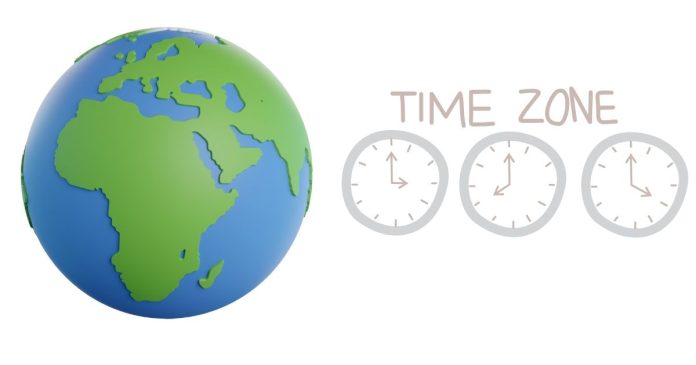When it comes to time zones, the world is divided into regions that help standardize timekeeping, allowing for coordinated activities, travel, and business. The distribution of time zones across the globe varies, and some continents span multiple time zones, while others are more geographically compact. But among the continents, one stands out as having the fewest time zones.
So, which continent contains the fewest time zones?
The Continent with the Fewest Time Zones: Australia
The answer is Australia. Australia, despite being one of the largest countries in the world by land area, only has three standard time zones. This makes it the continent with the fewest time zones. Let’s take a closer look at the time zones in Australia and how they are distributed.
Australia’s Time Zones
Australia’s time zone system is relatively simple compared to some other continents like Africa or North America, where countries stretch across multiple time zones.
1. Australian Western Standard Time (AWST)
- UTC +08:00
- This time zone covers the state of Western Australia, which is the largest state in the country. The capital city of Perth follows AWST.
2. Australian Central Standard Time (ACST)
- UTC +09:30
- ACST is used in South Australia and the Northern Territory. The city of Adelaide, in South Australia, operates on this time zone.
3. Australian Eastern Standard Time (AEST)
- UTC +10:00
- This time zone is used in the eastern part of the country, including Queensland, New South Wales, Victoria, Tasmania, and the Australian Capital Territory (ACT). Major cities like Sydney and Melbourne follow AEST.
Daylight Saving Time and Time Zone Adjustments
Australia’s time zone system is relatively straightforward, but there is one important adjustment: Daylight Saving Time (DST). While not all states and territories participate in DST, the states that do, such as New South Wales, Victoria, and South Australia, shift their clocks one hour forward in the summer months.
For those areas that observe DST, the time zones become:
- Australian Eastern Daylight Time (AEDT) – UTC +11:00
- Australian Central Daylight Time (ACDT) – UTC +10:30
These adjustments lead to a temporary increase in the number of time zones during the summer months, but the number of standard time zones remains unchanged.
Comparison with Other Continents
Australia’s three time zones are relatively few compared to other continents. Let’s look at a comparison:
- North America: The United States alone spans across six time zones (Pacific, Mountain, Central, Eastern, Alaska, and Hawaii-Aleutian). In total, North America includes at least 10 time zones when you consider Canada, Mexico, and the Caribbean.
- Africa: Africa spans across four time zones, from UTC +00:00 to UTC +04:00, but it’s worth noting that many African countries remain in the same time zone due to a lack of daylight saving time observance.
- Europe: Europe covers a wide range of time zones, from UTC +00:00 (Greenwich Mean Time) to UTC +04:00. Many countries observe daylight saving time, further complicating time zone differences.
- Asia: Asia is the largest continent geographically and includes 11 time zones. Countries like Russia and China, due to their vast size, stretch across multiple time zones, though China operates on a single time zone (China Standard Time, UTC +08:00).
Thus, Australia’s three time zones are comparatively fewer, and the country’s relatively compact geographical size compared to continents like Asia and Africa contributes to its time zone simplicity.
Why Does Australia Have So Few Time Zones?
There are a few reasons why Australia only has three time zones:
- Geographical Size and Location: While Australia is the sixth-largest country in the world, it is much more compact than continents like Africa and Asia. It is also located entirely in the Southern Hemisphere, which further limits the geographical spread of time zones.
- Cultural and Economic Factors: Despite its large size, Australia’s population is concentrated along the eastern and southeastern coasts, which leads to fewer time zone divisions within the country. The central and western regions are more sparsely populated, so time zone differences are less significant.
- Uniformity: Australia has opted for simplicity in its time zone system. Most regions within the country operate on a standard time zone with just a few exceptions for daylight saving time. This minimizes complications for travel and communication across the country.
In conclusion, Australia holds the title of the continent with the fewest time zones, with just three standard time zones (AWST, ACST, and AEST). This simplicity stands in stark contrast to other continents, which are home to multiple time zones. Australia’s relatively compact size and unique geographical positioning contribute to its straightforward approach to timekeeping. While daylight saving time creates temporary variations, the number of permanent time zones remains minimal, making Australia an interesting exception in the global landscape of time zones.


